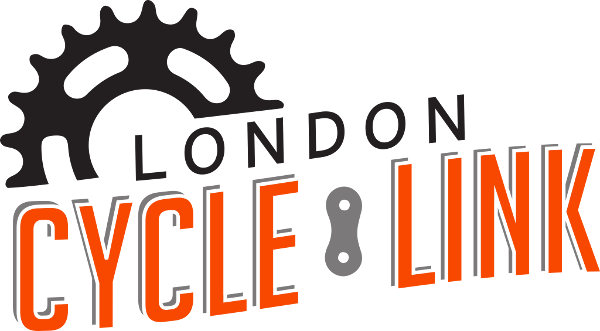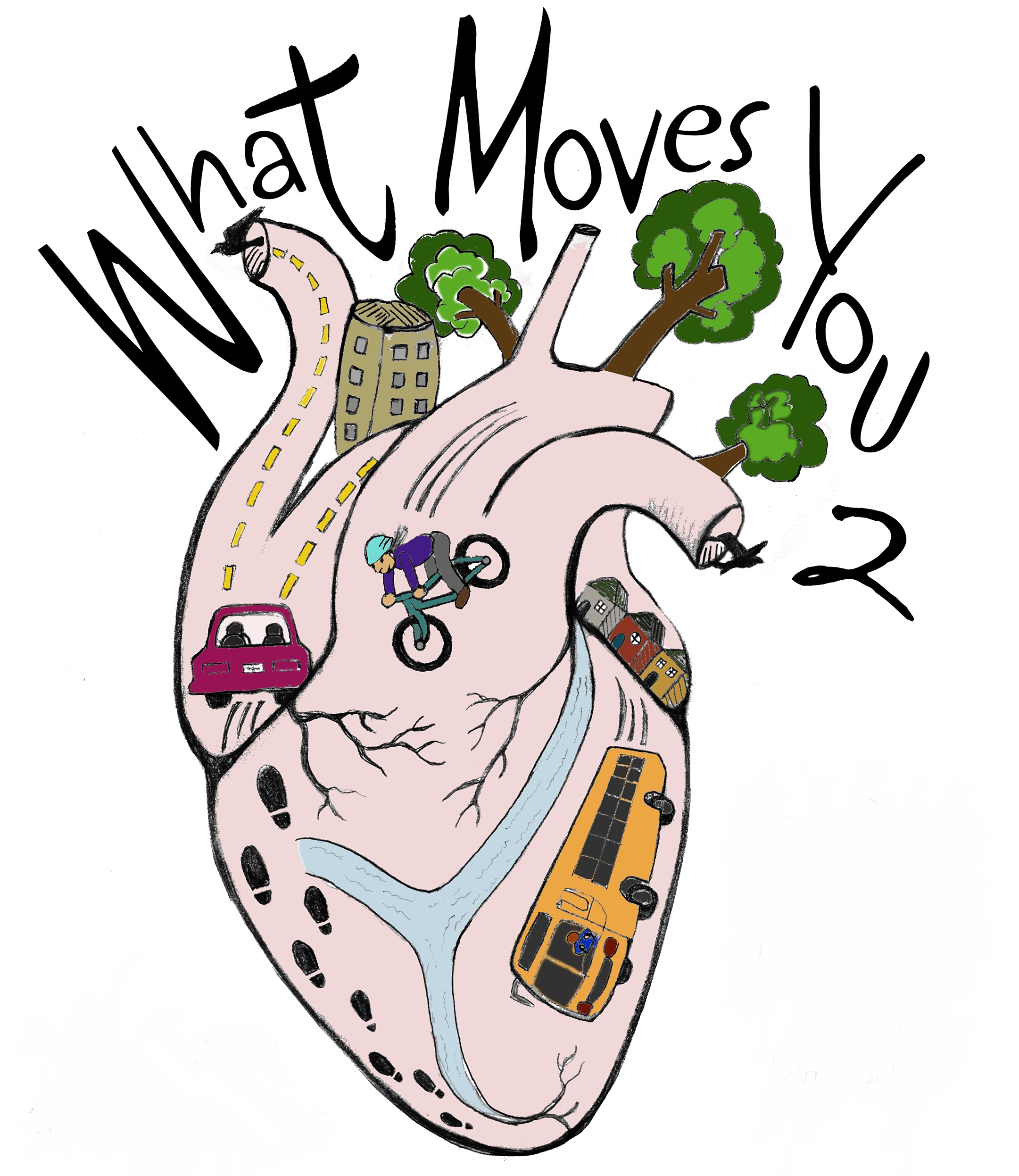Using personal stories to co-create the city we want
Last year, London Cycle Link started playing with the idea of creating a platform to share stories about - what Jan Gehl calls - public life. We wanted to hear from Londoners who don’t see the car as the only way to get around in the city, and discuss the importance of cultivating healthier human activities that take place in public spaces.
To improve public life, it’s necessary to understand its basic mechanisms. That’s our main challenge. Colin Ellard - director of the Urban Realities Lab at the University of Waterloo and author of the book Places of the Heart - points out “a failure of the average person engaging in the dialogue of city building”. He explains that the disconnect comes from a lack of understanding of the principles of urban design due to our reduced interactions in public spaces with the built environment and other people. The two main drivers for this reduction are the ever-increasing use of smartphones, and cars.
“In a very real sense, we are no longer there as we used to be, and our physical surroundings are no longer as real as they used to be.”
Rob Forbes (author of See for Yourself: A Visual Guide to Everyday Beauty) argues in his TED Talk that the built environment we are exposed to every day actually “means a lot to people, and establishes a kind of groundwork and a dialogue.” In this sense, stories are a powerful way to reestablish this dialogue and inspire each other. To tell a story is a conscious act and this intentionality restores the awareness of the urban experience.
Like many good collective ideas, no one who was present in that initial meeting really remembers who suggested what exactly, but the seed was planted and with many nurturing hands a project evolved. The first challenge was to find an appropriate name for the project. We believe the way people get around in the city affects us all, and our choices are affected by how our city is designed. So transportation was originally the central theme, but it is connected to every other aspect of our urban lives. We also knew we didn’t have all the answers and we really wanted to tap into the power of the community to bring out new perspectives. So, we wanted a name that could evoke the mobility aspect but also would be able to include other elements. And it had to be an invitation. A question!
“‘What Moves You?’ was framed from the beginning as a conversation starter. And the action verb is flexible enough to allow different interpretations. To move means to go from point A to point B, but it also means to inspire, to motivate or to make progress.”
A lot has happened in three months
What Moves You? (WMY?) was launched in early April, when the first interview sharing a London story was published. Since then, we’ve had almost 2,000 views of our video series. We also hosted two events, sharing stories from ten people from different walks of life, the first one on May 11, 2019, and the second one on June 12, 2019. These panels attracted 37 and 25 people respectively.
“Being outside is just a part of life and you should embrace it.”
“It got me thinking about driving from A to B. After a panel discussion last month, I was moved to walk vs. drive to shorter distances more often and I try not to drive at all at least once a week. My son was moved to walk to and from school and said he prefers it.”
“It really made me rethink my relationship with the car. And I felt respected the whole time. It is really a conversation open to everyone.”
“When your kids see your passion towards something, it opens them up for trying. It’s like freedom machines.”
From teenagers to senior citizens, from people born and raised in London to African and South American newcomers, we are hearing stories not only about their preferred modes of transportation but also about their passions, their struggles, and how the city facilitates or hinders them.
It’s been very rewarding to see how people are willing to talk about what really matters to them: their passions and dreams and how to create an urban environment that is conducive to reaching them. People are really addressing the question “What Moves You?” on a deeper level.
Next steps
Such an overwhelmingly positive response caught us by surprise! There are still a few more videos to be released, and we now have more than 70 people interested in connecting with the project and sharing their stories.
We want to expand this conversation even further to hundreds, even thousands of people. And for that, we are rethinking how to engage with a multitude of participants. Drawing inspiration from projects like Jaimee Garbacik’s Ghosts of Seattle Past, WMY? wants to crowd-source stories from any Londoner willing to share their personal experience. This will help imagine a city where we can lead more meaningful lives.
We want to make sure we keep these stories alive, and create multiple ways for people to easily access and share their own. According to Jan Gehl - one of the most influential architects in improving the quality of urban life by re-orienting city design towards people - “knowledge about human behaviour in the built environment is as important as knowledge about buildings and transport systems.”
Some reflections
Using personal stories and emotions to understand how to create cities that are more people-friendly is already a reality in Canada. The Happy Streets Living Lab in Vancouver is a great example and just one of many possibilities.
It’s important to make clear, especially for pragmatic minds, why such a project should be a top priority in any city that is serious about improving the quality of life for its residents. There are two main reasons:
Raising the bar - Developing our urban literacy
We only care about what we know to exist. And as we said in the beginning, the overall trend is to engage less and less in public spaces to have those urban experiences. Public debates about Bus Rapid Transit, speed limits, heritage buildings, protected bike lanes, affordable housing, road widening or any other urban project, requires basic knowledge about the effects of the urban environment on us. Telling our stories increases our urban literacy - our capacity to read, interpret, communicate and write (build) the city we want. If we have a deeper understanding of the urban experience, we will be able to discuss urban issues in a more productive way by speaking the same language (even if we have different opinions) and focusing on what we have in common - a strong desire to lead safe, happy, meaningful lives.
“The act of creating and sharing stories about specific locations in cities and neighbourhoods empowers citizens to participate in the ongoing urban planning dialogue by adding their insight and lived experiences in the conversation. ”
Participatory and inclusive city building
City policies and urban planning may demand clear language and conclusions in order to move forward. Things like master plans, zoning regulations and permits do not allow for full communication of the actual, day-to-day lived city experience. Subjective, personal stories can provide policy and decision makers with insightful knowledge for a better understanding of the multifaceted reality of our urban environment, beyond the position of specific interest groups.
It’s your story too
WMY? is only three months old and still has a lot of room to grow. So far we’ve just scratched the surface on a few possibilities. We have started exploring this essential question through videos, photos, maps, testimonials, live discussions, graphic recordings, and one on one conversations. We are just starting and are confident we can do a lot more with these and other tools.
Stay tuned! We are hard at work designing new possibilities to enable easier ways of accessing and sharing stories about people and places in London, Ontario so we can enhance our urban experience and co-create a city that allows us to lead meaningful lives.
In the meantime, if you want to stay in the loop or share your story. Leave a comment on our website, Facebook page or send an email to luis@londoncyclelink.ca.
“The common ground for successful places is within each of us, and within the expression of our senses.”



